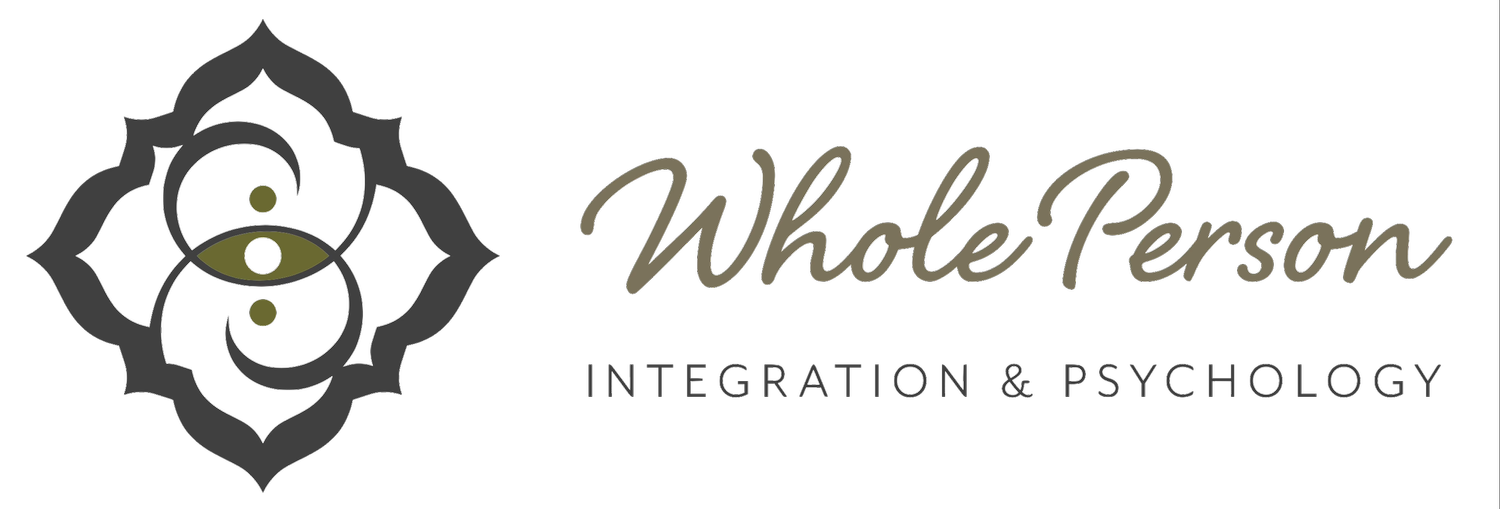The Art of Silence
By: Dr. Denise Renye
Silence is the root of everything. If you spiral into its void a hundred voices will thunder messages you long to hear. -Rumi
Silence.
Many of us are conditioned to fear silence.
We are also conditioned to rush to fill a silence or to consider it an “awkward silence.” We listen to podcasts and music and audiobooks in the car. We talk on the phone while we go for walks. We fill our time, our space, and our calendars. While, none of what I’ve mentioned above is inherently “bad” or “wrong,” it is notable. And there is no shame in filing one’s time. Afterall, we’ve mostly all been conditioned from early ages to fill time and space. What I’m interested in is helping you raise awareness around knowing whether any of these behaviors are kneejerk, automatic, or unconscious. Are you choosing sound? Or is it that you have associated silence with fear?
There’s a great quote by the anthropologist Angeles Arrien that captures this well: "When did you start creating discomfort with the sweet territory of silence?" Silence…it doesn’t have to be uncomfortable. Silence, it can be pleasant and something we welcome. It can be something we befriend and pour tea to sit with. However, silence is not often perceived as something we can embrace.
A stark example of this is illustrated at Alanis Morisette’s concerts when she says during her song “All I Really Want.” She asks:
“Why are you so petrified of silence?
Here can you handle this?” (Then she always pauses to help her audience have a moment of silence to just BE. However, during concerts at this time people scream, hoot, and holler, thus missing the entire point.) Then she asks:
“Did you think about your bills, your ex, your deadlines?
Or when you think you're going to die? (Dying something else we would like to avoid…the ultimate silence)
Or did you long for the next distraction?”
Yes! Many of us long for the next distraction. In the U.S., we are not taught the graceful, beautiful art of embracing silence. It’s not valued in our culture because we’re conditioned to prize what’s flashy, extroverted or boisterous. There’s a reason people from the U.S. are stereotyped as loud and showy: We aren’t taught the power of pause and instead run to the next distraction.
When people begin working with me, they often don’t have experience with slowing down, with pausing, or sitting in the potential discomfort of silence. It’s a shock when I make space by asking questions that invite slowing down. When I introduce someone to the concept of befriending the in-between, it is typically not something that is familiar or even possibly something that person wants to do!
They don’t want to befriend the in-between mostly because they don’t know how – it’s a foreign idea and foreign practice. But that’s exactly what it is, a practice. We can all learn the beautiful art of embracing silence and by doing so may encounter the feeling of enstasy, defined by philosopher Mircea Eliade (1969) as “going within oneself” (p. 171) to experience a deep sense of connection within the self. He adds that it’s a full comprehension of being.
Enstasy can be experienced during meditation and is described in other cultures as samadhi, dhyana, jhana, etc. Mystical practitioners from around the world have described their experiences while in an enstatic state. They call it a feeling of bliss, or perhaps say it feels like being high, but ultimately, they concede the state is indescribable. When you’re in it, you know, and if you haven’t experienced it, you’ll only sort of understand the description. It’s kind of like trying to describe the color “blue” to someone who has never seen the color before.
There is much joy to be had going outward, which we know well with the feeling of ecstasy, but there is just as much joy to be had going inward. However, you’ll never know unless you try and that requires practicing the art of silence.
If you’re interested in hearing more about these and other topics, subscribe to my newsletter.
Reference
Eliade, M. (1969). Yoga: Immortality and freedom, second edition. Princeton, NJ: Pantheon/Bolingen.

